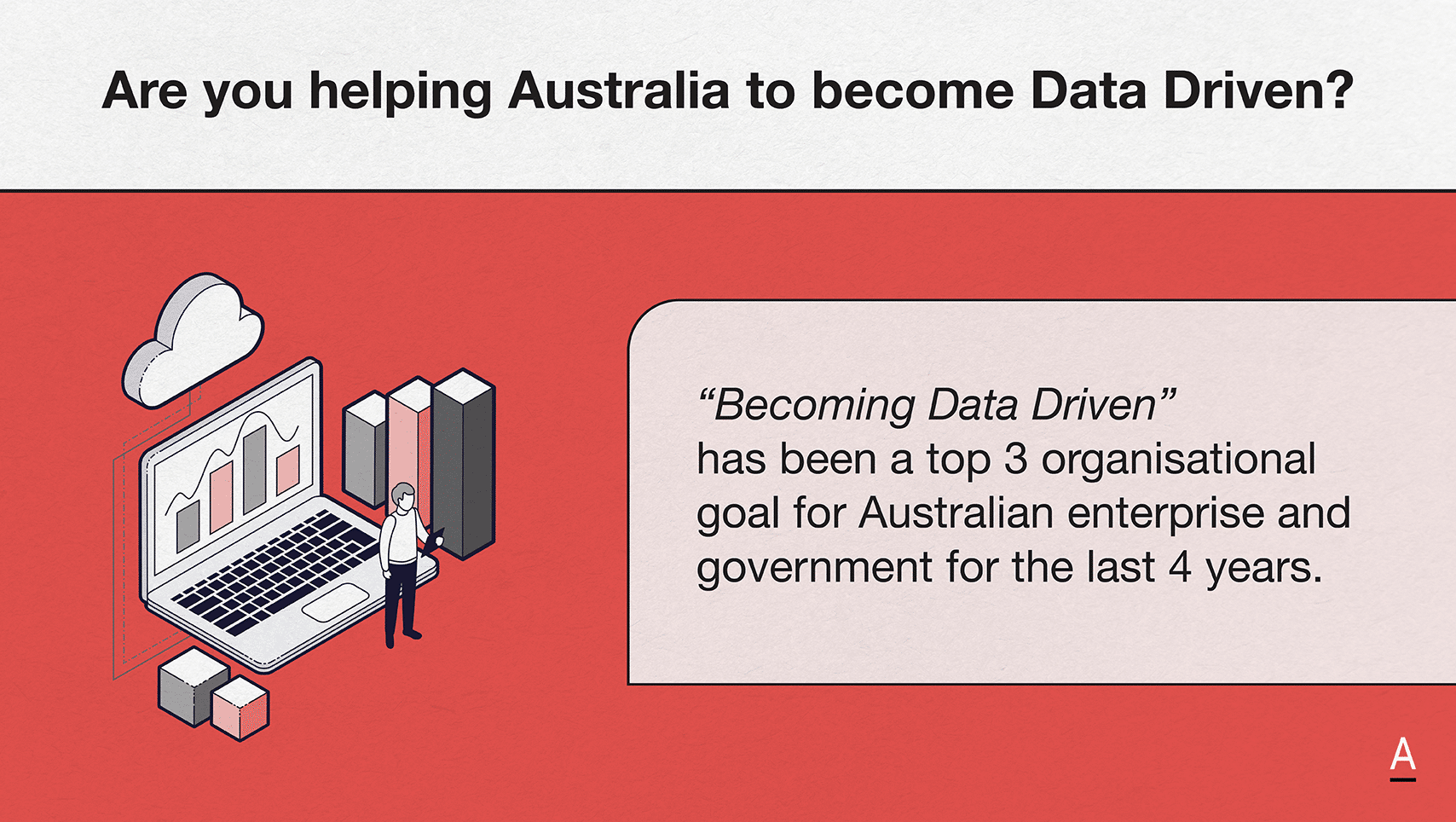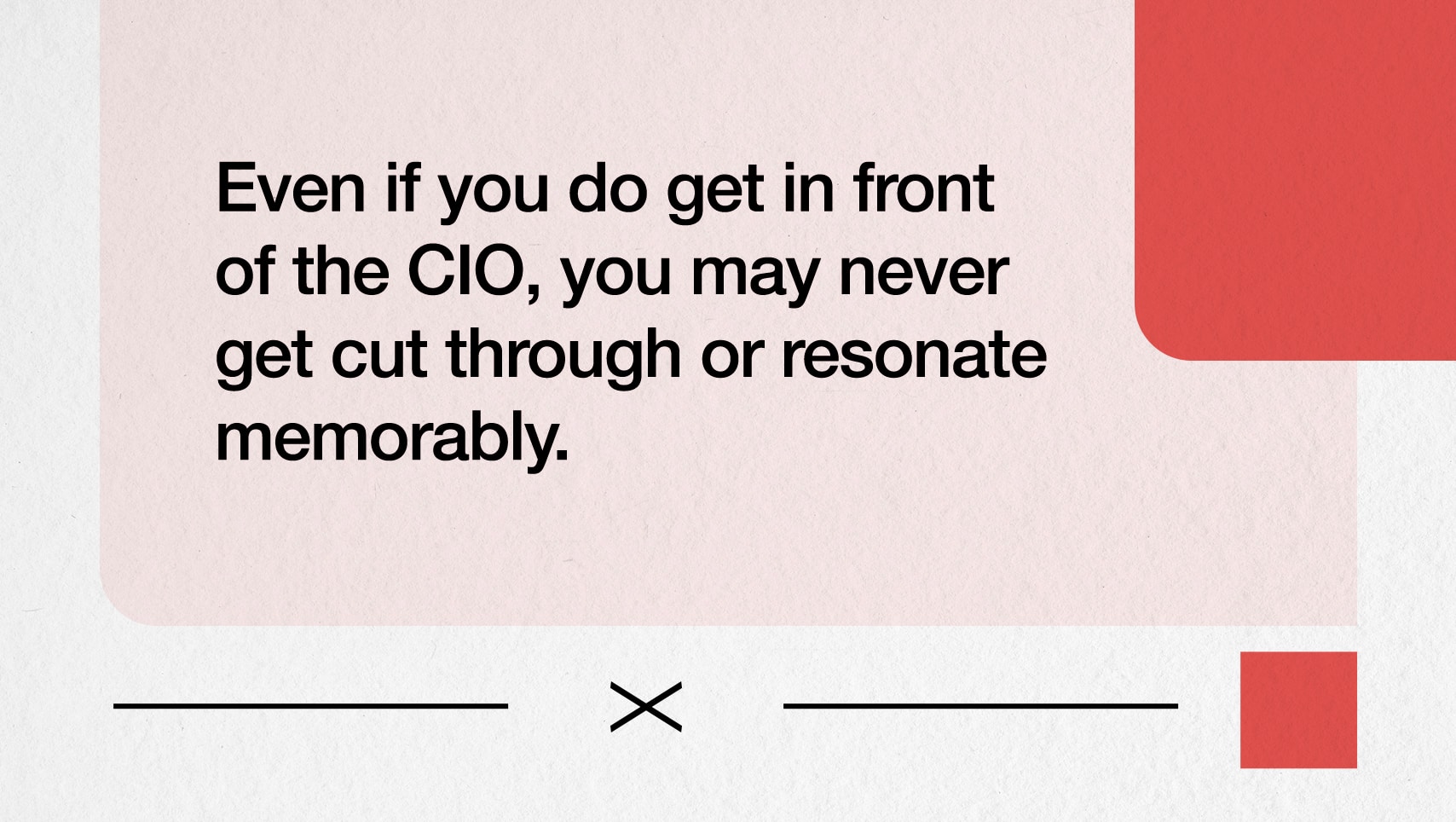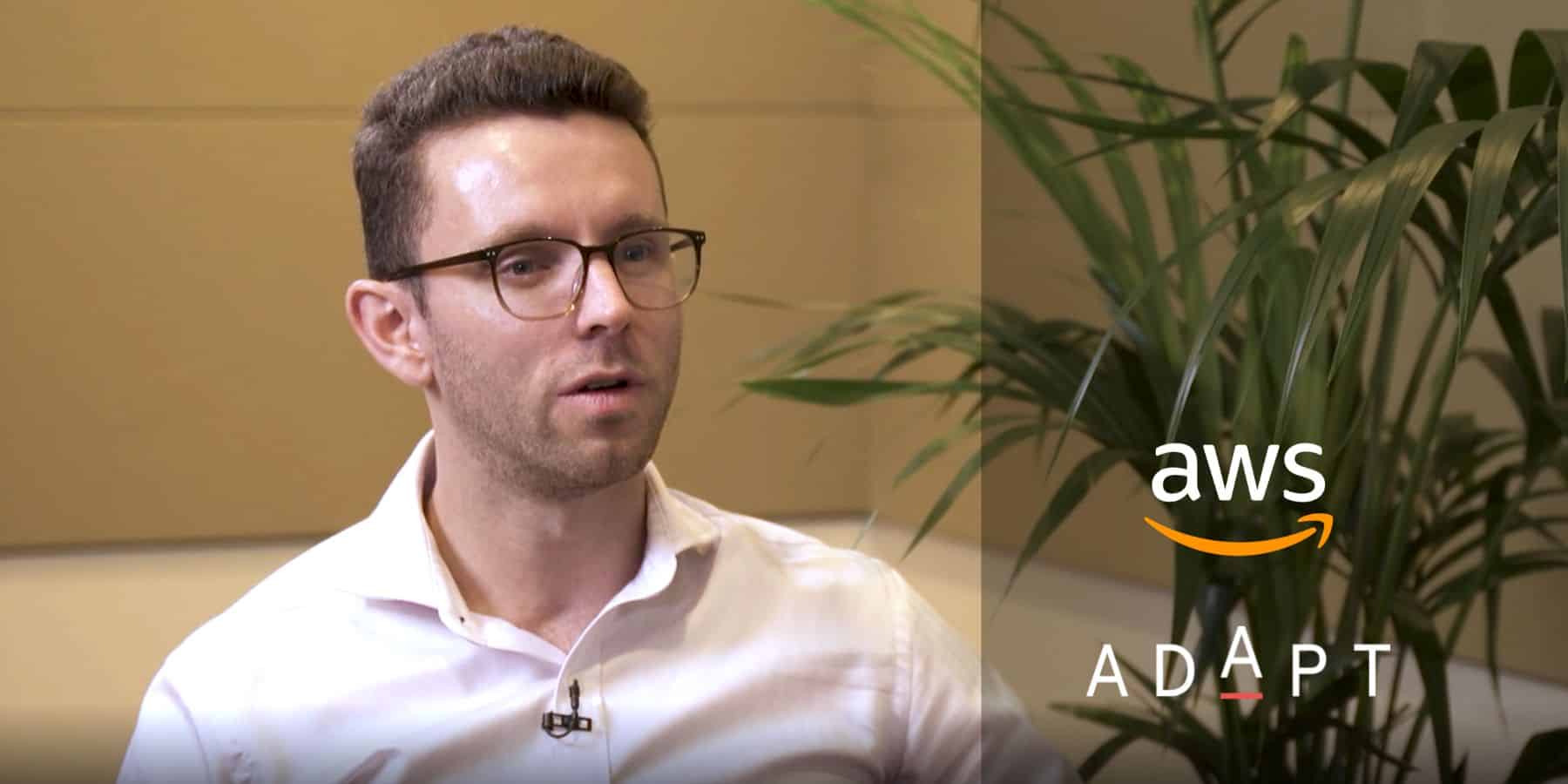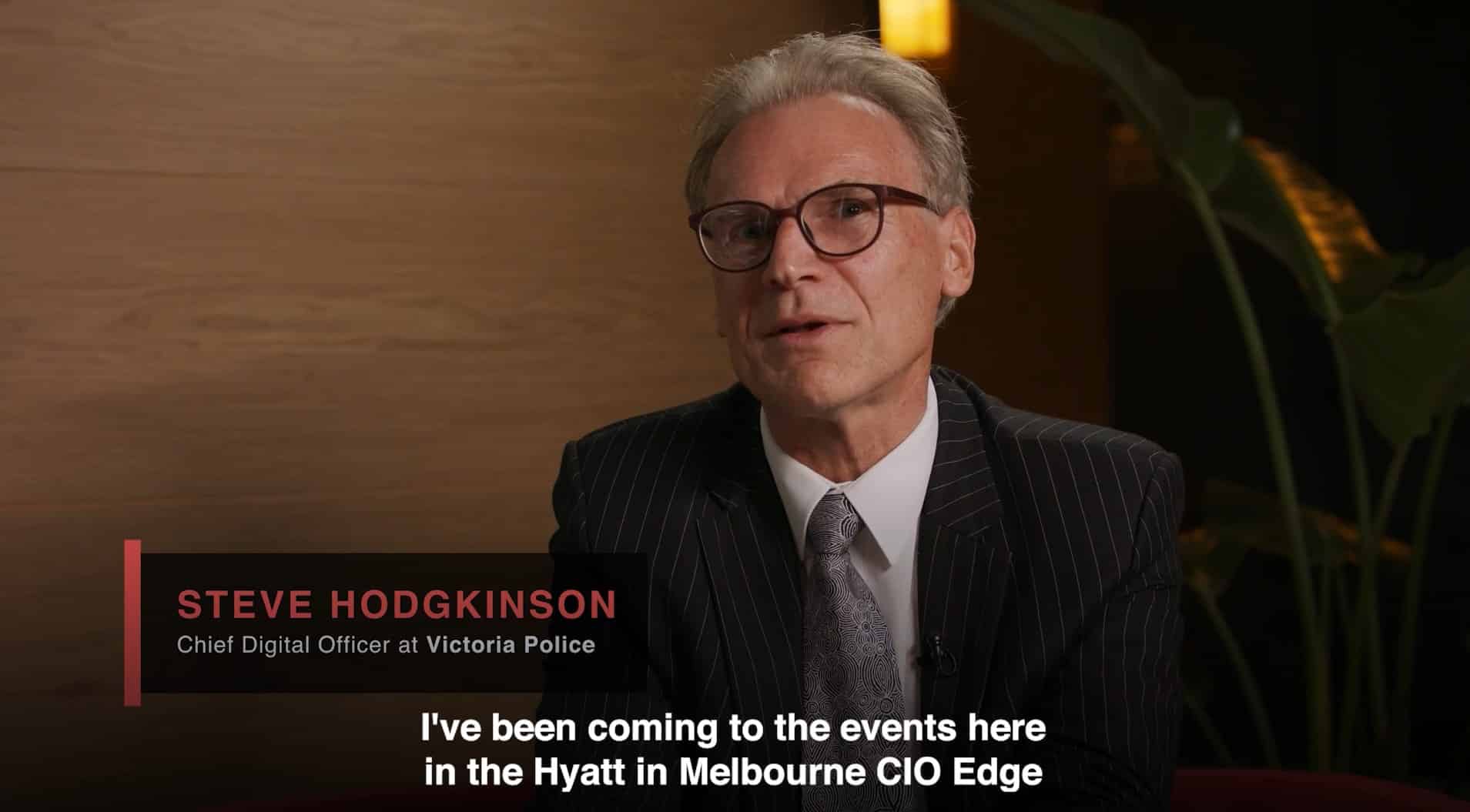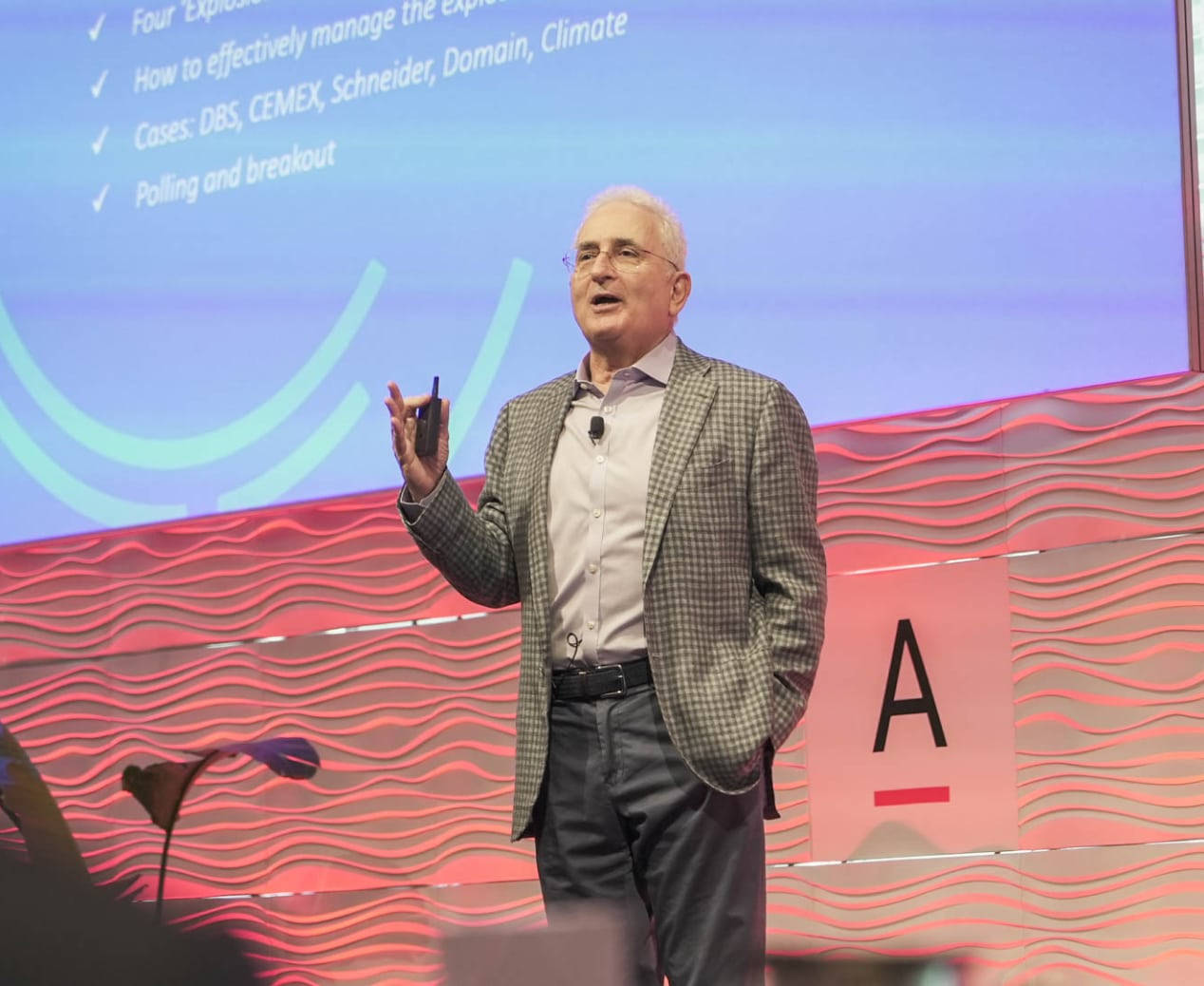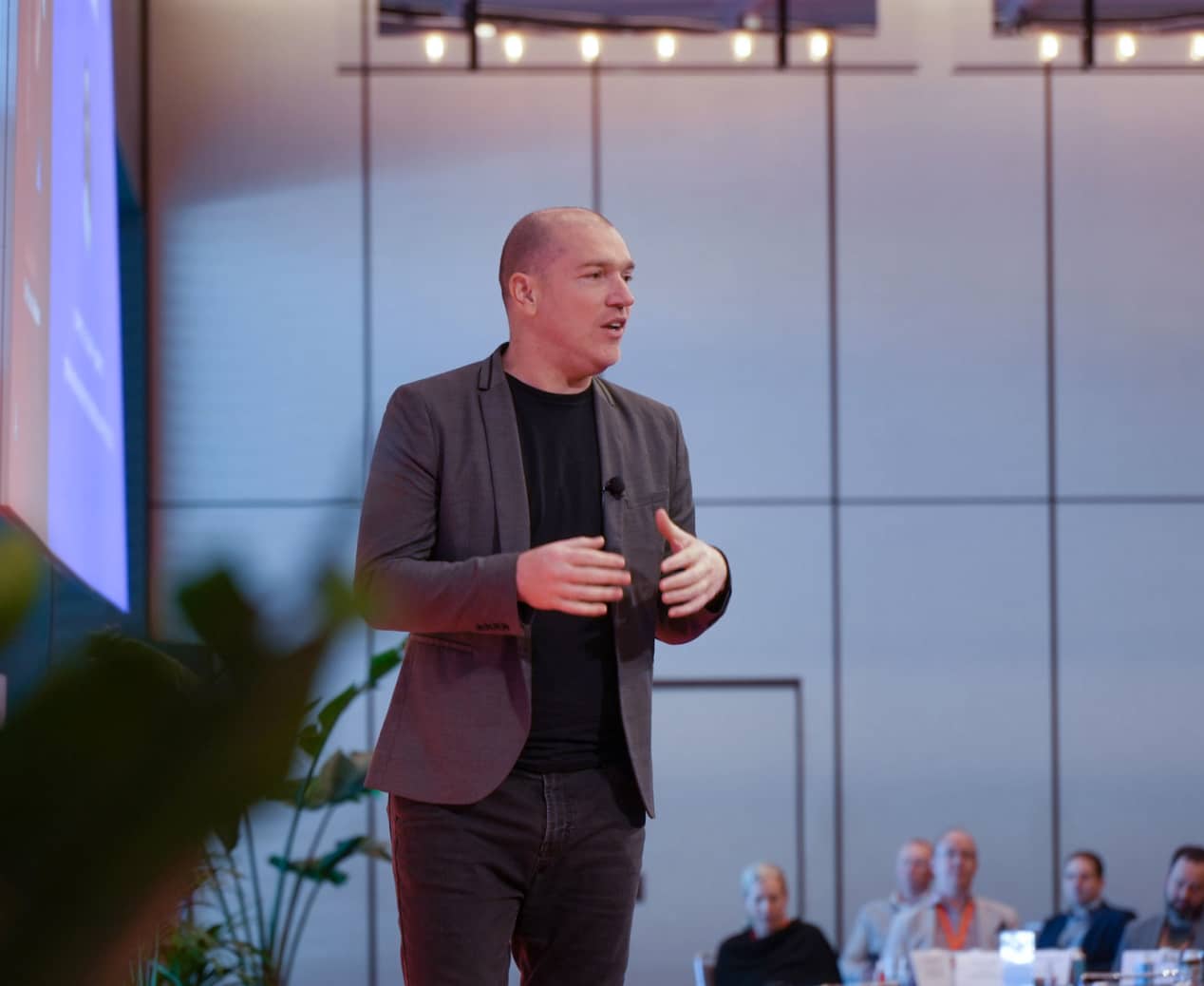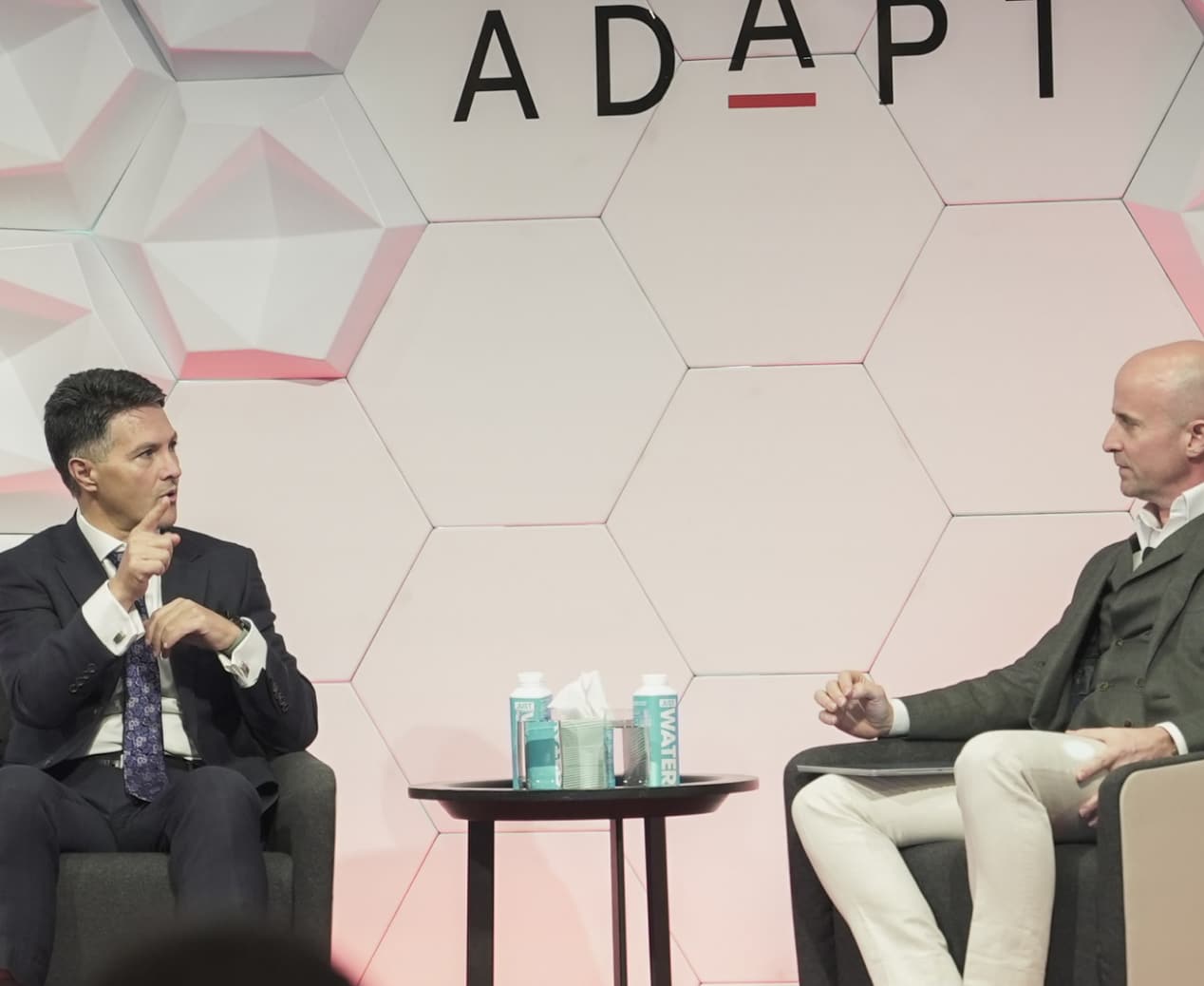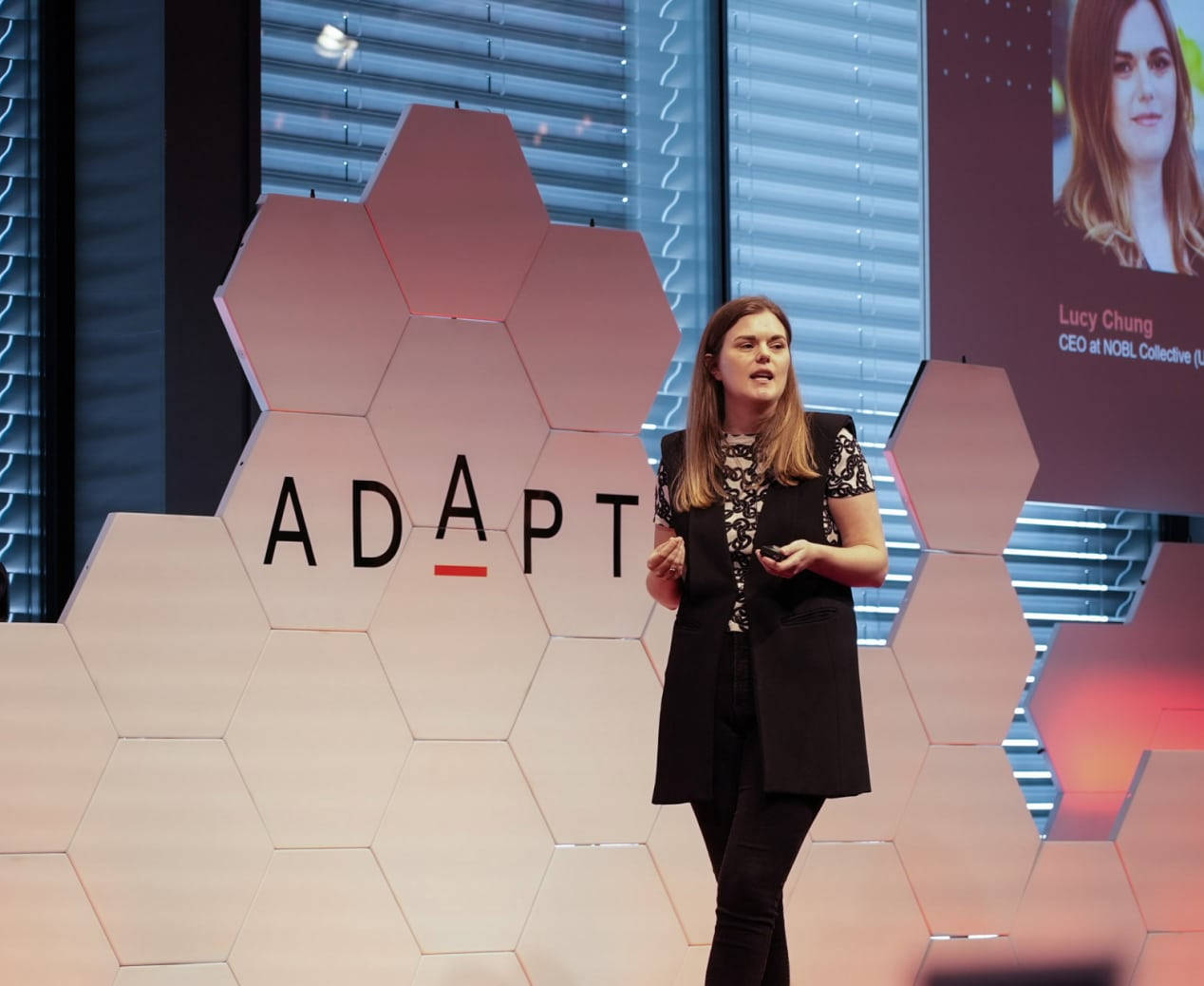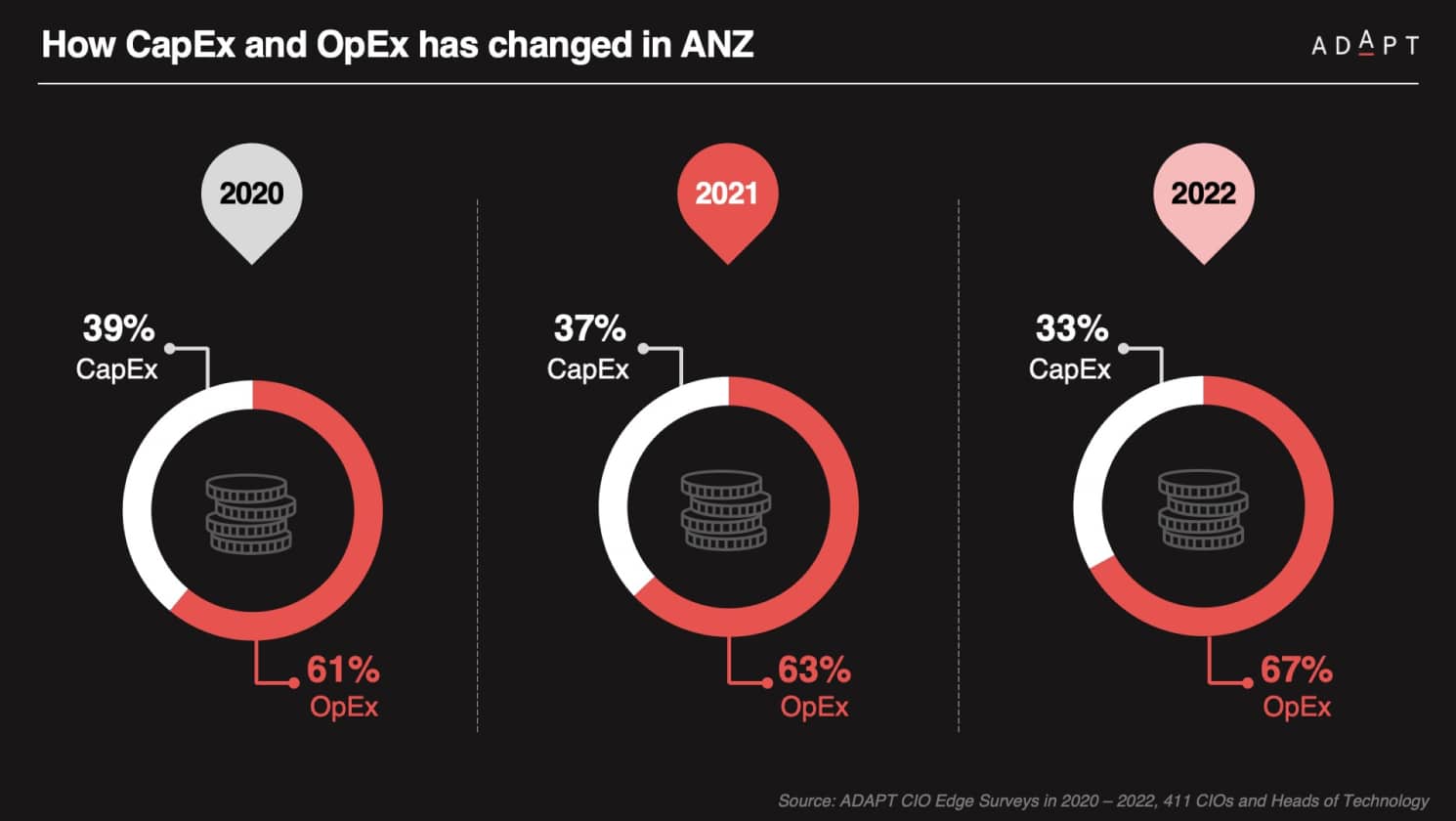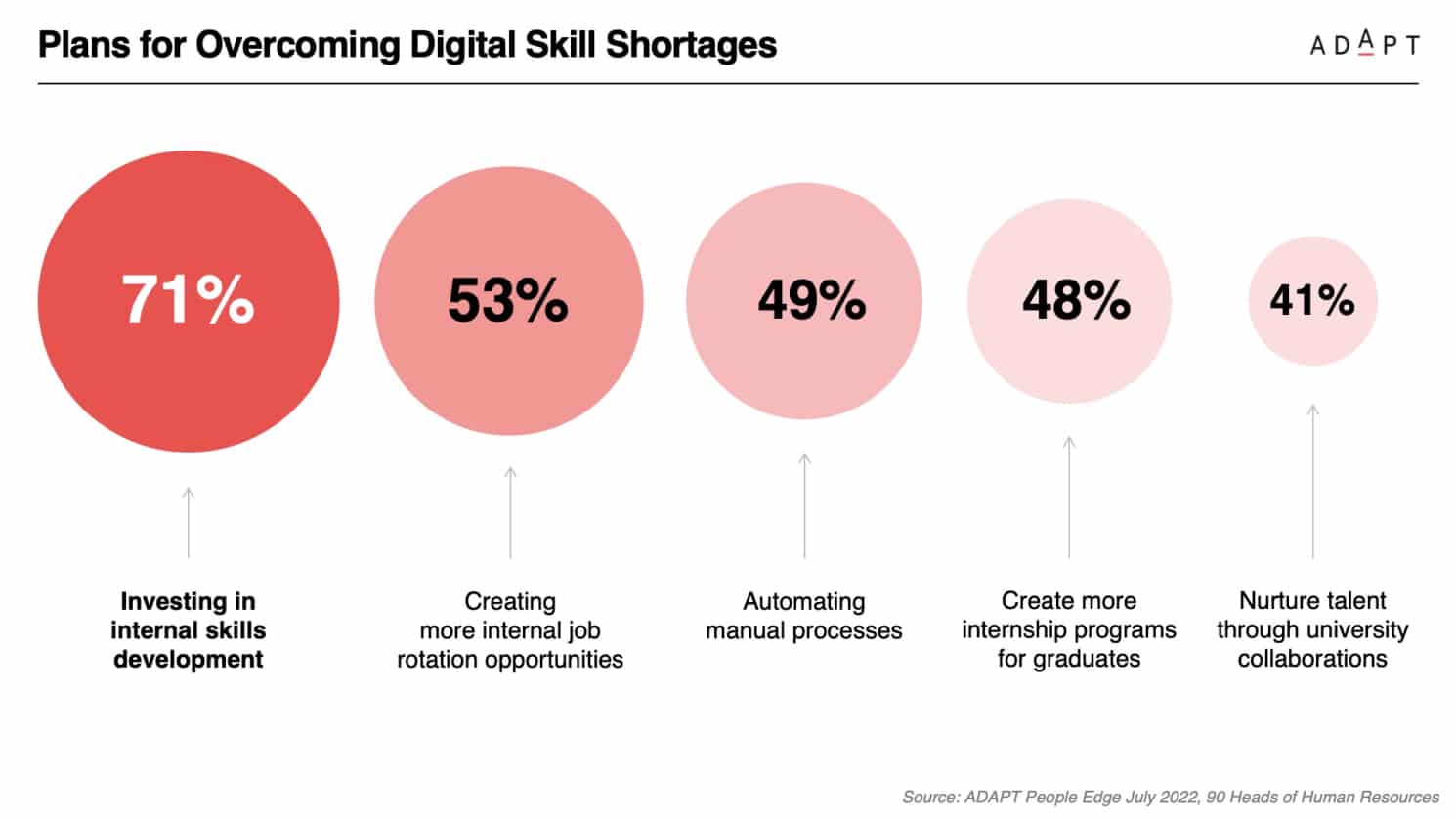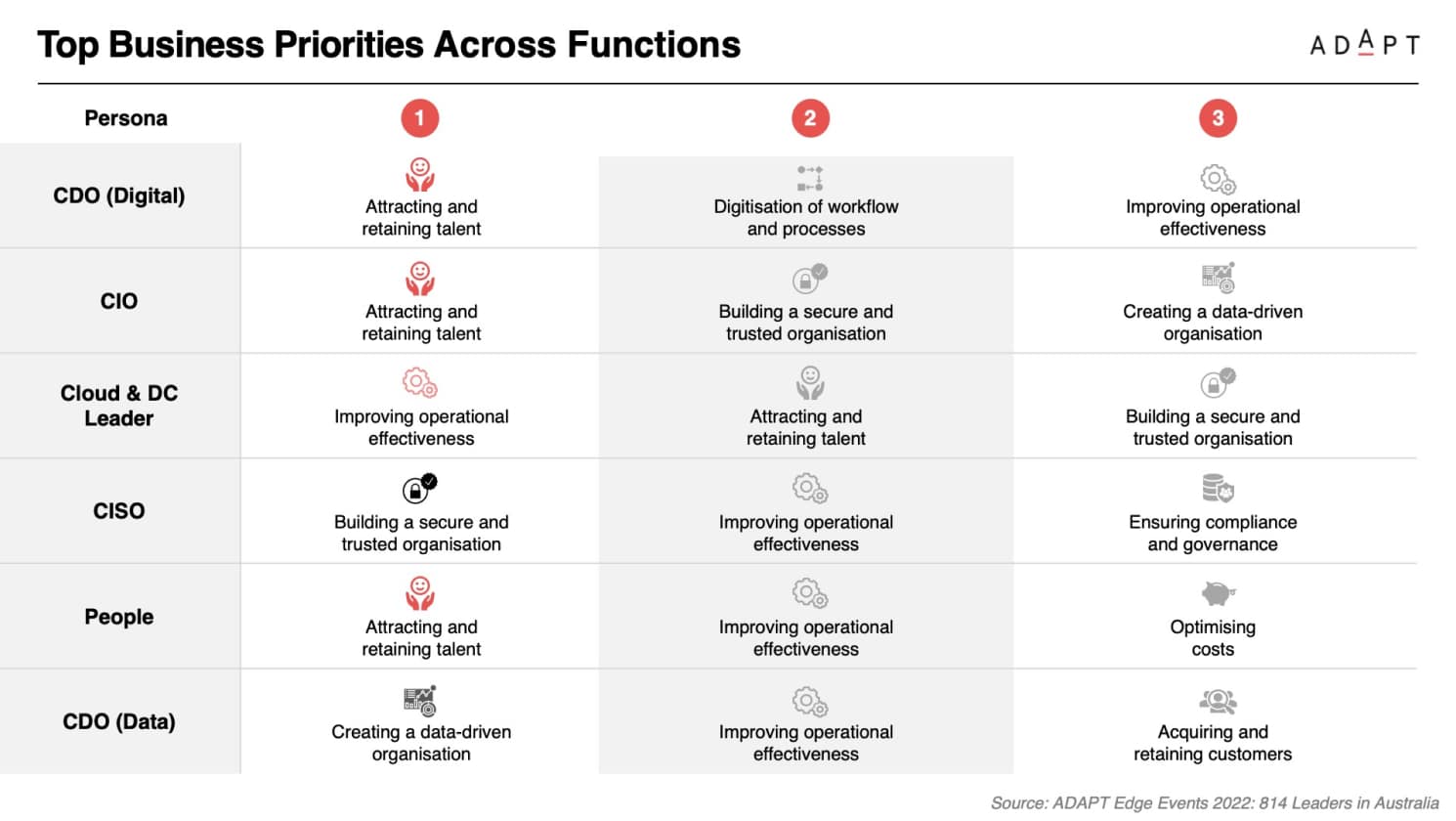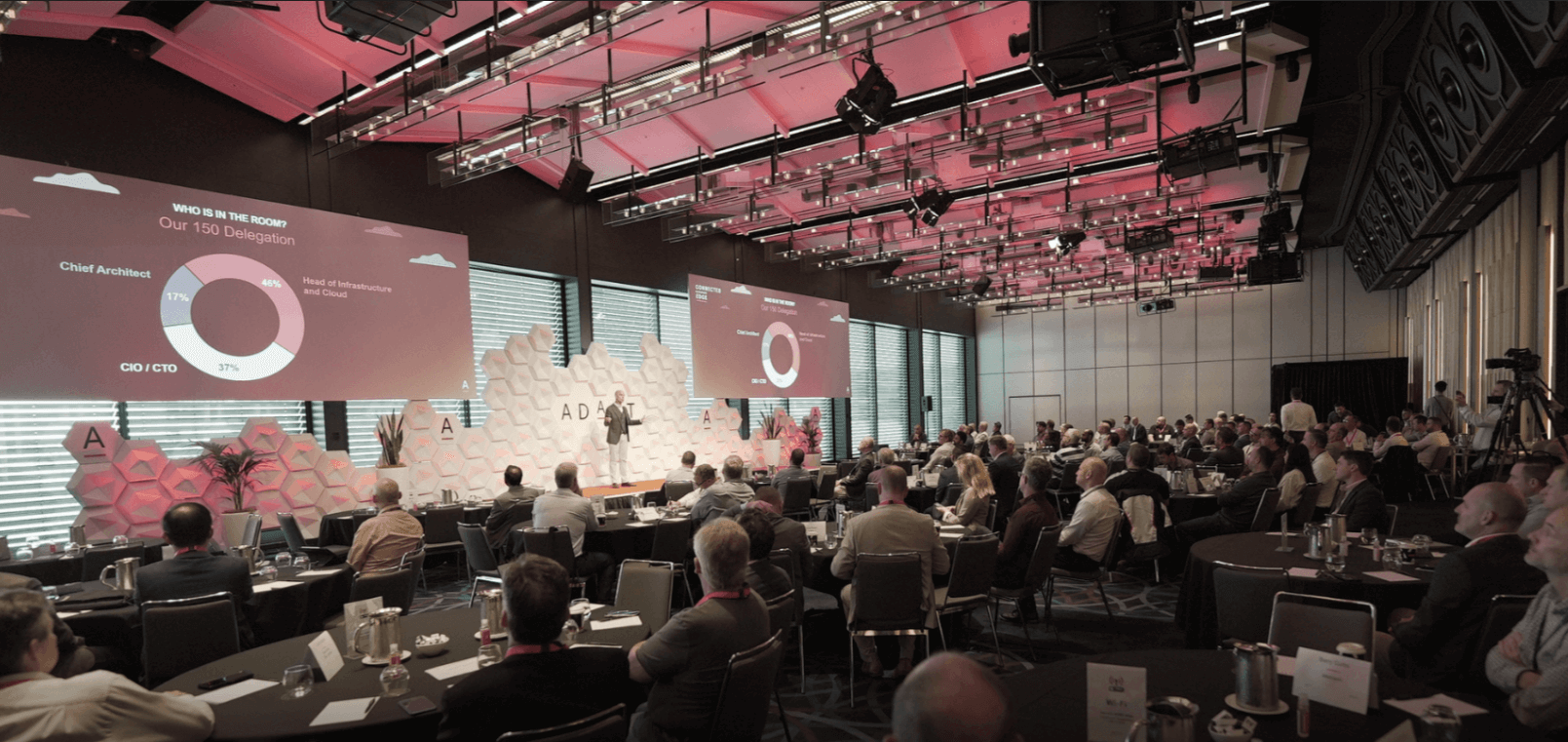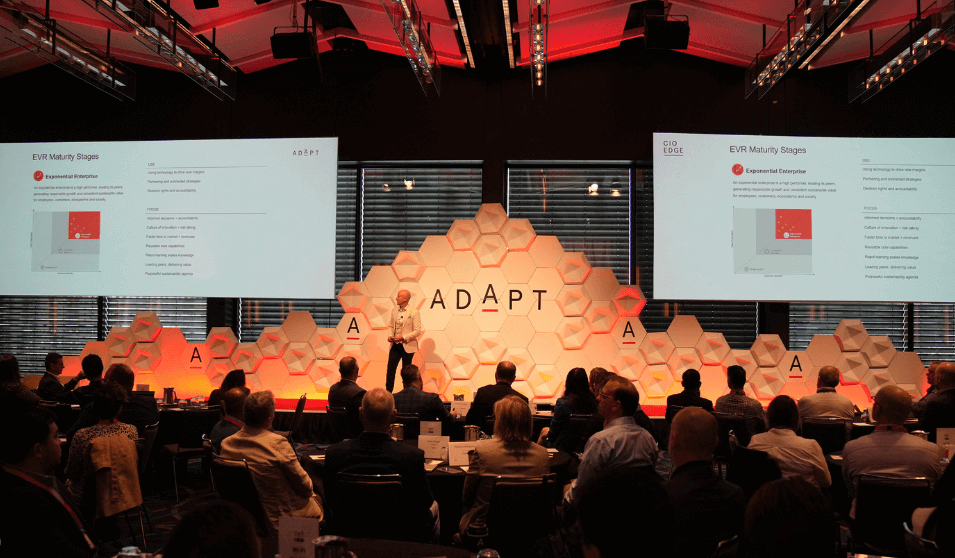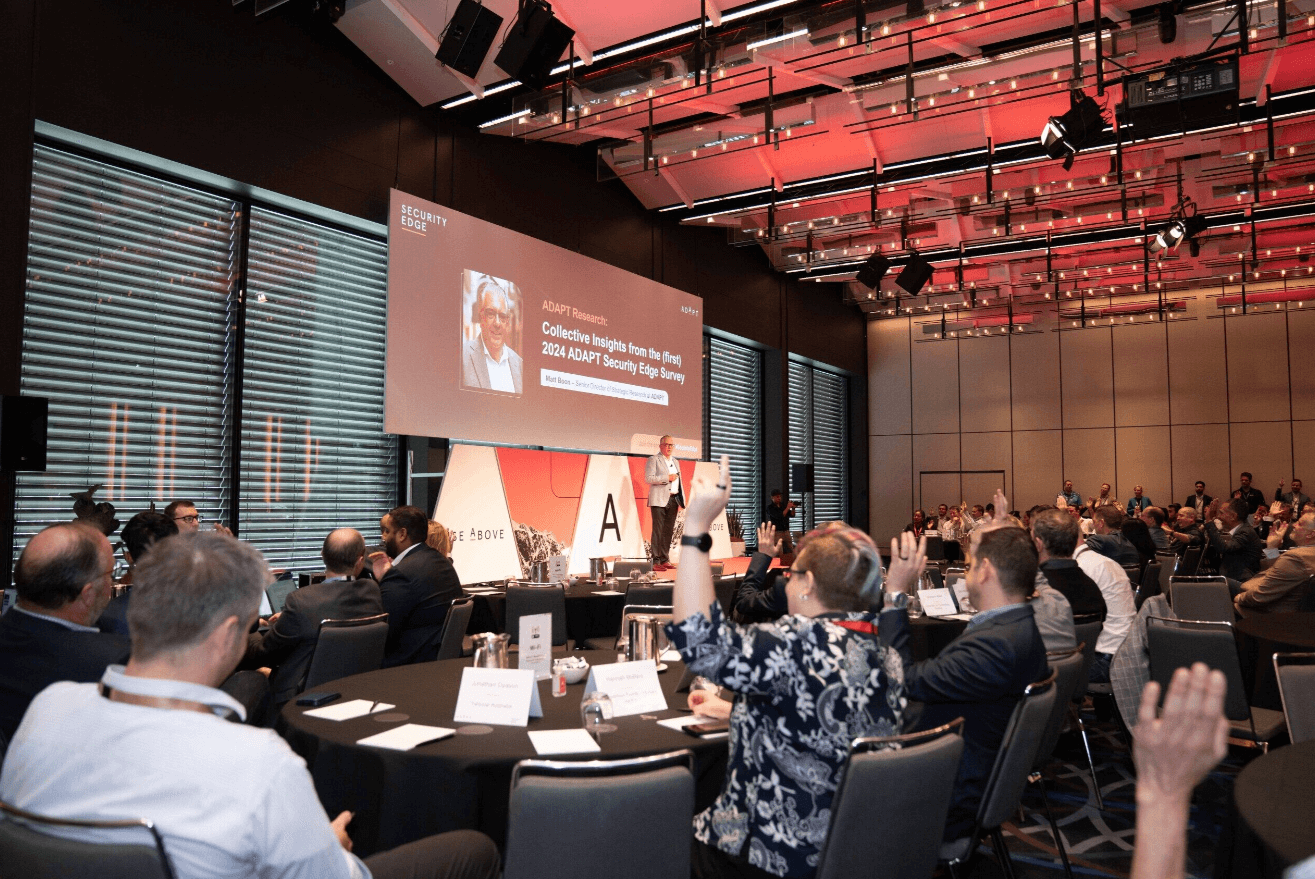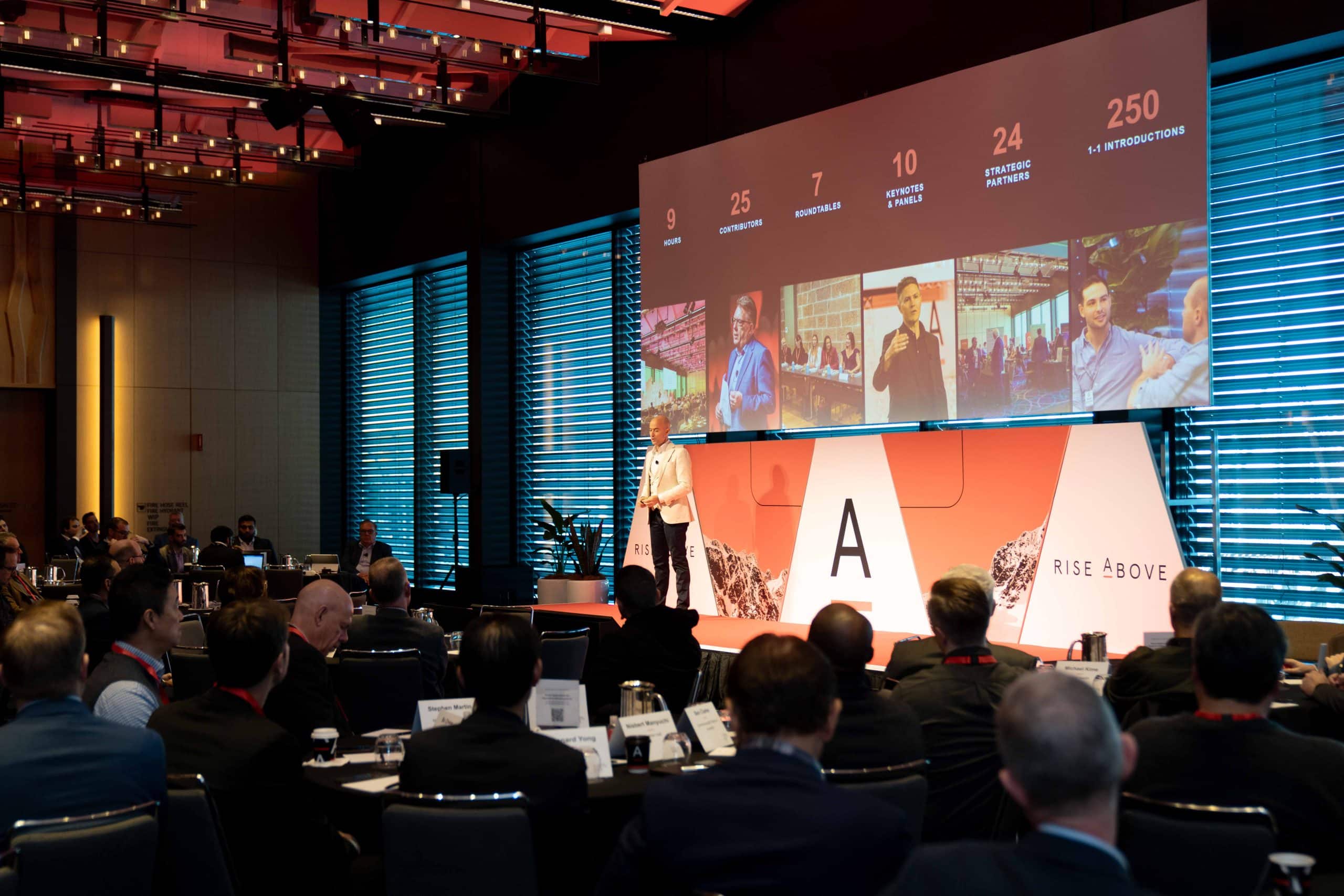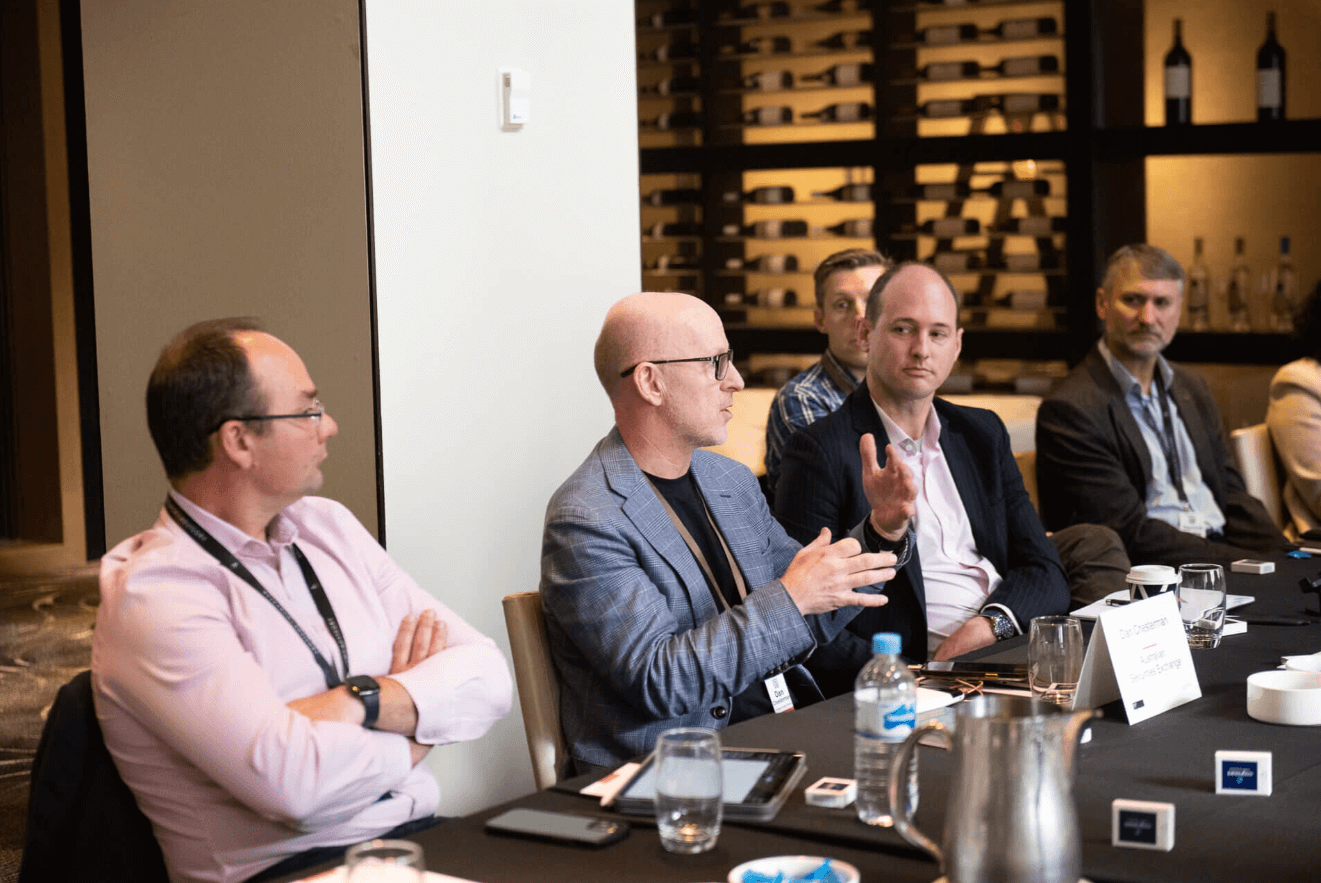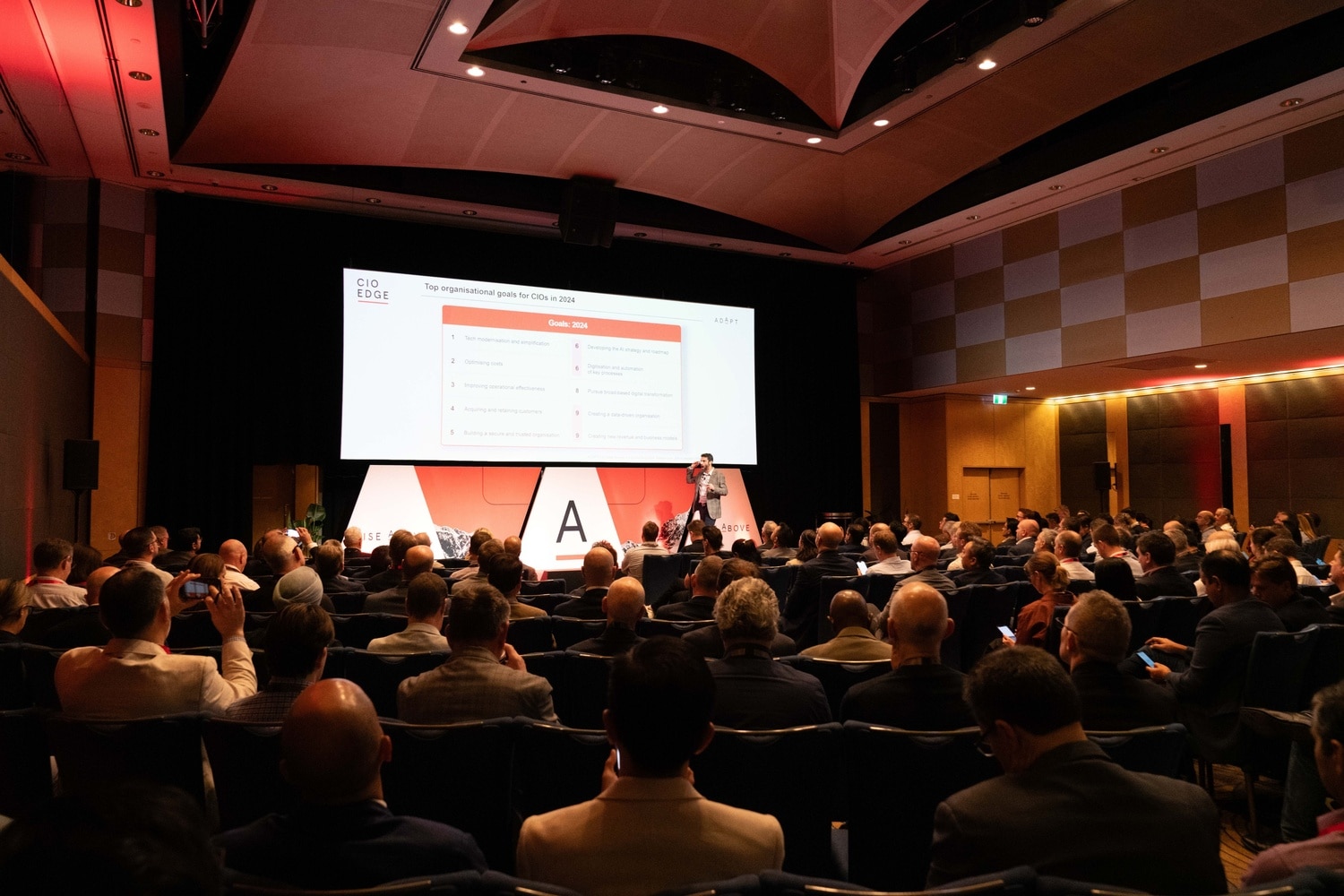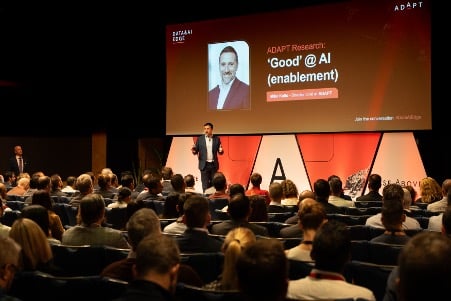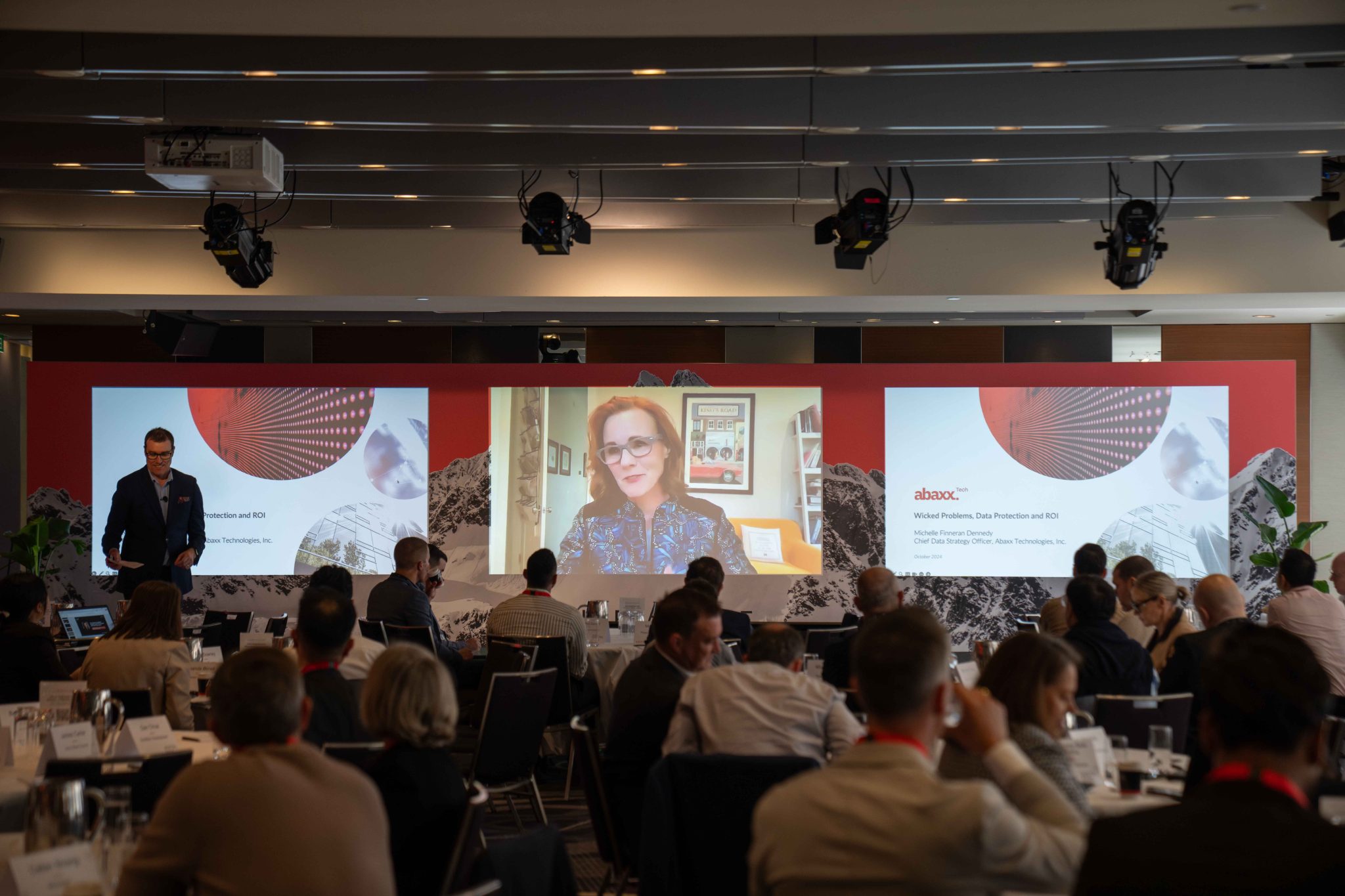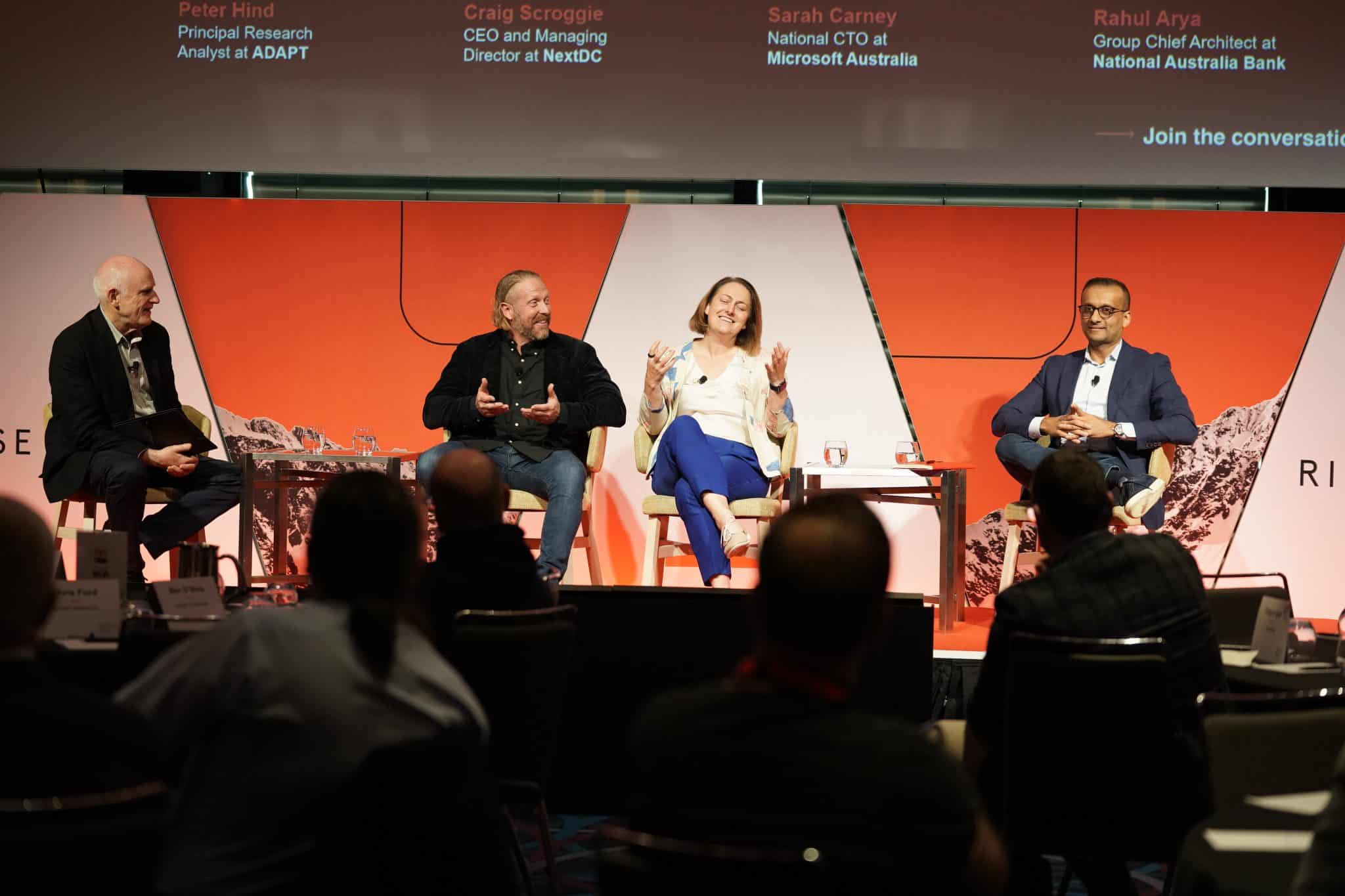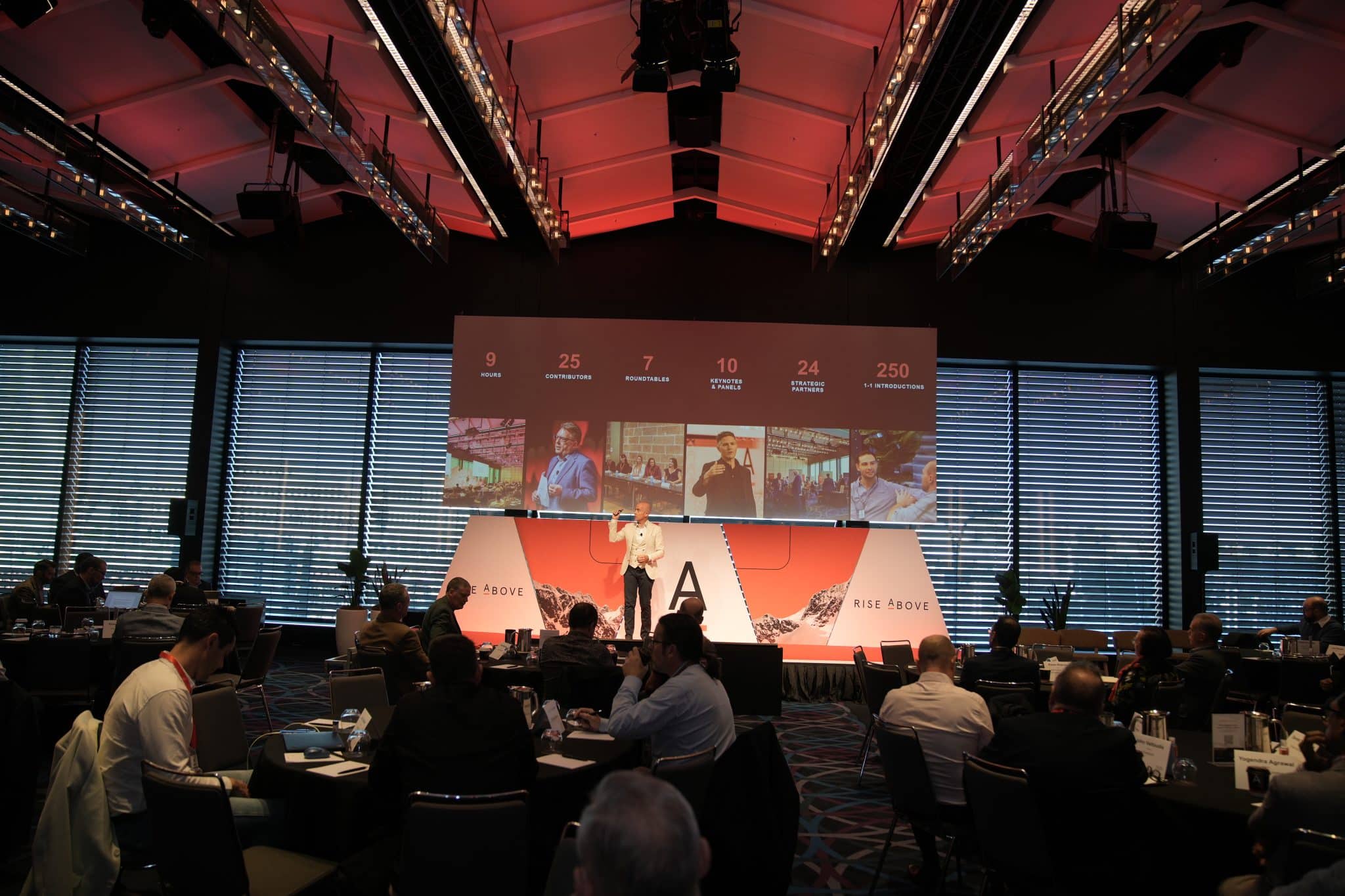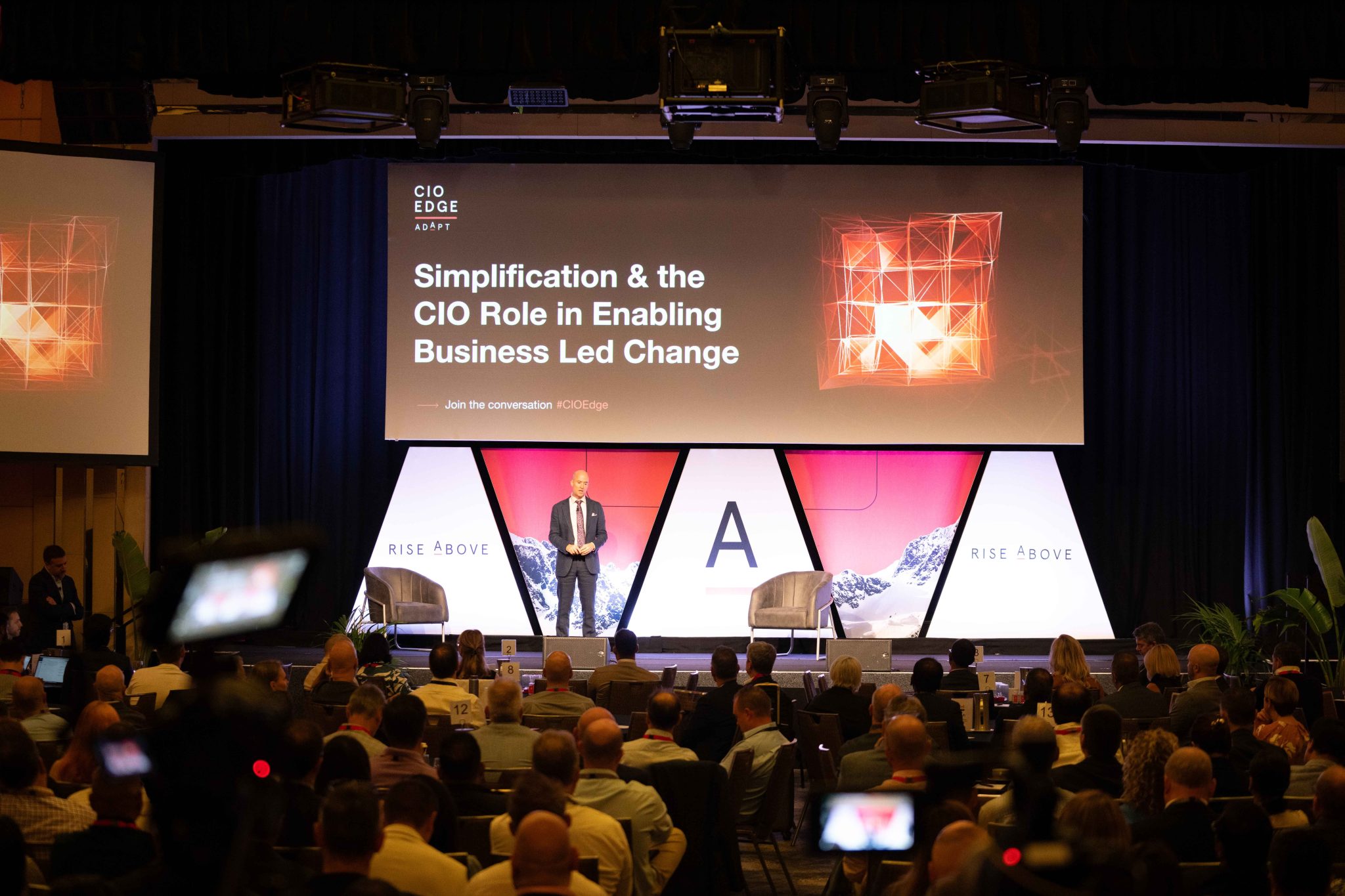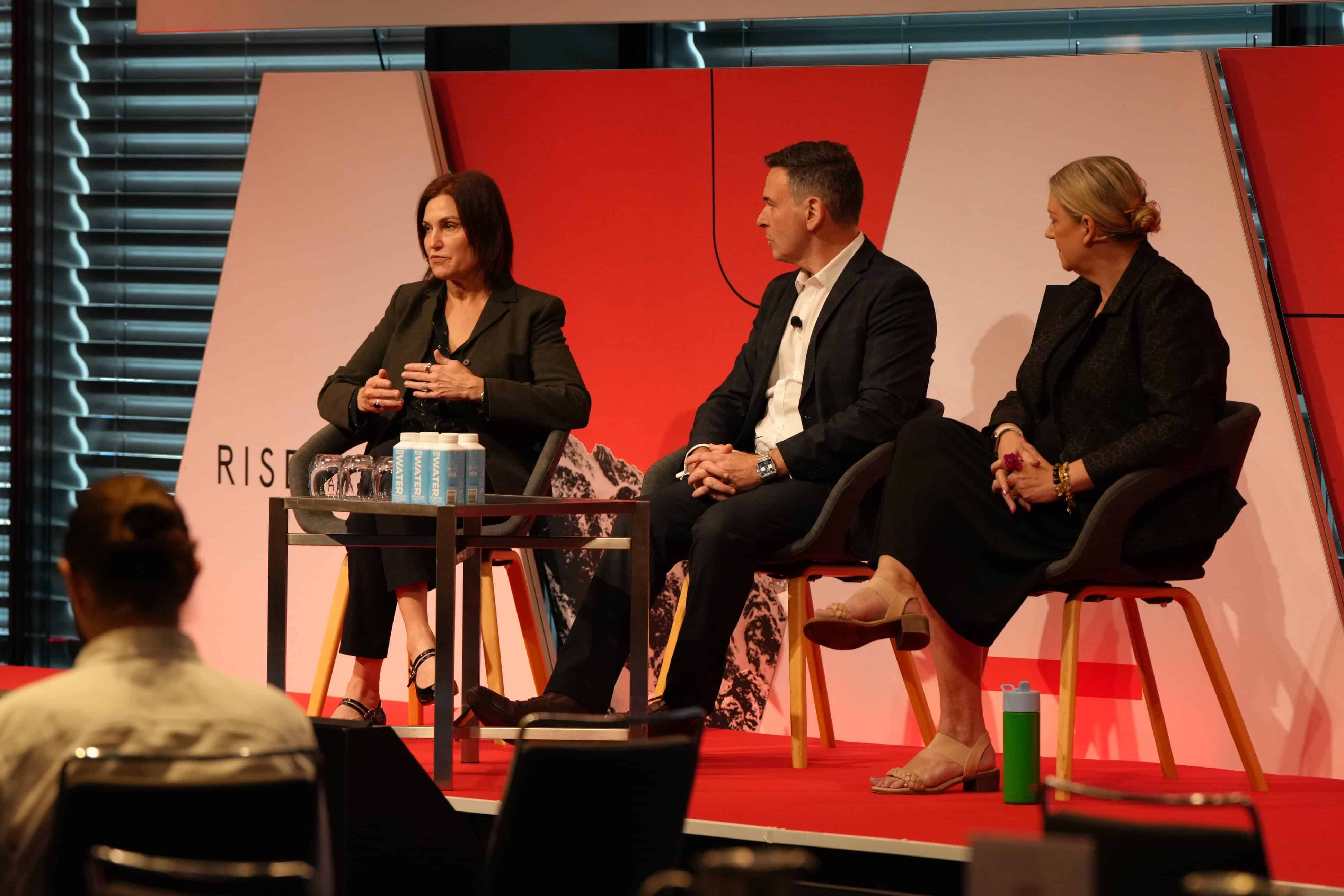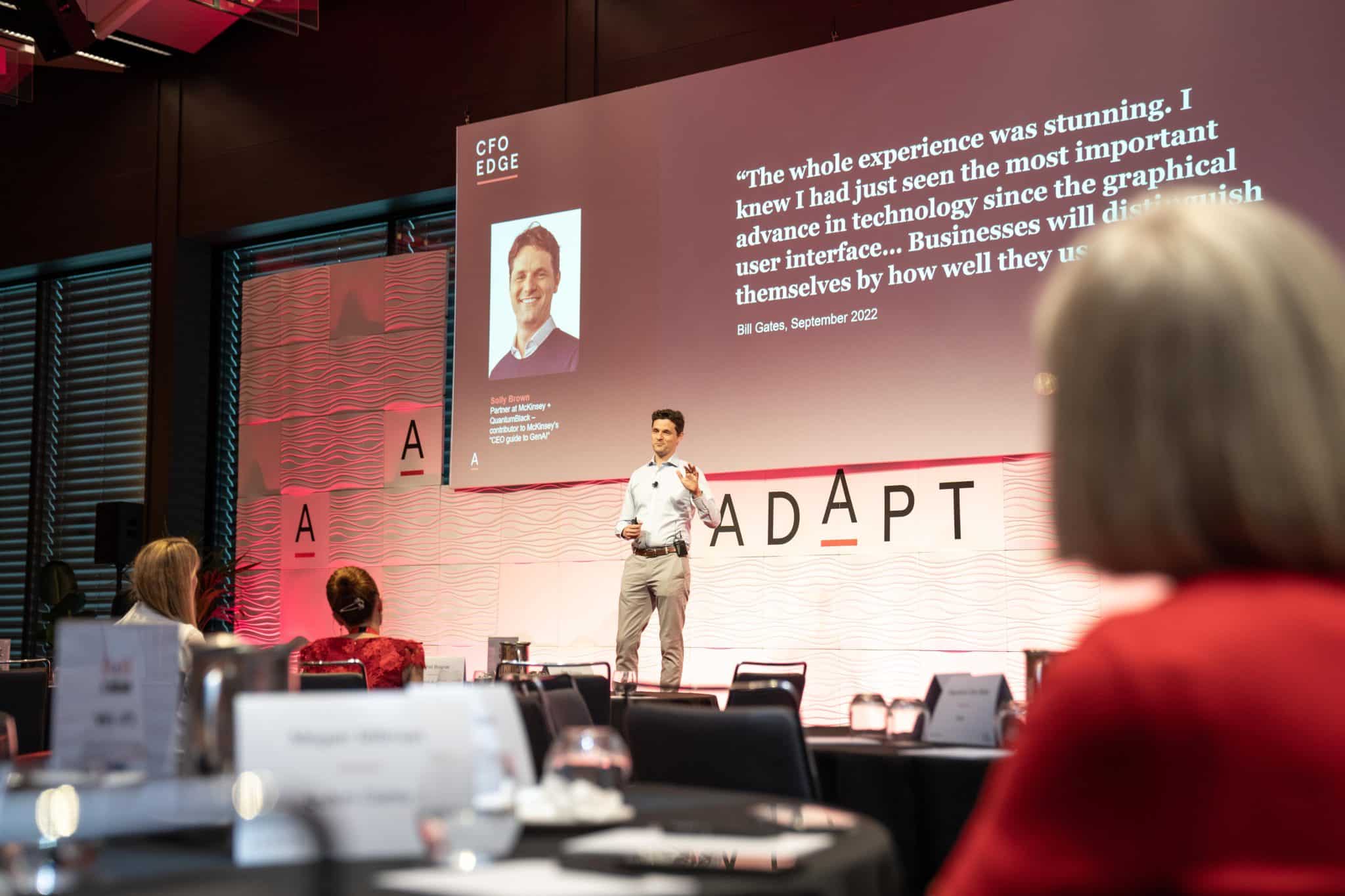-
Our Services
For IT Leaders & Teams
For Technology Vendors
Executive AdvisorsGet practical advice from actual CIOs and tech practitioners. IT Maturity & Budget Benchmarking
Measure your IT maturity & budgets relative to your Australian peers and top performers. Consulting Partners
Implementation support to help you deliver IT projects. ADAPT v Gartner
Compare ADAPT’s IT research and advisory services for AU/NZ organisations against Gartner’s global offering. See Overview
A/NZ Market & Executive Buyer IntelligenceGain an inside look at the priorities, challenges and market trends impacting local executive IT decision-makers. Partnered Research & Report Authoring
Build IT thought leadership content for Australian execs, backed by local data. Analyst Presentations
Hire an expert Analyst to present at your Customer Event or Partner Program. Private Executive Roundtables
Connect with hard-to-reach executives in an intimate setting to build brand trust and pipeline momentum. Conference Sponsorships (Edge Events)
Sponsor Australia’s leading executive conferences to connect with local top enterprise and government CxOs. See Overview
-
Events
Edge Events
Australia’s premier conference series for senior IT & business executives. Executive Roundtables
Exchange strategies and experiences with cross-industry executive peers. Become an Event Partner
Connecting the world’s leading technology brands with ANZ's enterprise executives.
Sydney Events: Melbourne Events: Canberra Events:Already Registered as an Event Delegate or Partner? Access the Edge+ Portal -
Resources
Resources
ANZ market research and insights on the core trends impacting leaders. Explore Topics
- Data & AI
- Security
- Strategic Business Initiatives
- Digital Transformation
- Applications
- Cloud & Infrastructure
- Finance
- People
- Go-to-Market
Join the ADAPT
Insider CommunityGet the latest ANZ market research, benchmarking data, executive interviews and more.
Join the Community -
ADAPT
About Us
ADAPT is a specialist IT research and advisory firm.
-
For IT Leaders & Teams
Executive Advisors Get practical advice from actual CIOs and tech practitioners. IT Maturity & Budget Benchmarking Measure your IT maturity & budgets relative to your Australian peers and top performers. Consulting Partners Implementation support to help you deliver IT projects. ADAPT v Gartner Compare ADAPT’s IT research and advisory services for AU/NZ organisations against Gartner’s global offering. See OverviewFor IT Leaders & Teams -
For Technology Vendors
A/NZ Market & Executive Buyer Intelligence Gain an inside look at the priorities, challenges and market trends impacting local executive IT decision-makers. Partnered Research & Report Authoring Build IT thought leadership content for Australian execs, backed by local data. Analyst Presentations Hire an expert Analyst to present at your Customer Event or Partner Program. Private Executive Roundtables Connect with hard-to-reach executives in an intimate setting to build brand trust and pipeline momentum. Conference Sponsorships (Edge Events) Sponsor Australia’s leading executive conferences to connect with local top enterprise and government CxOs. See OverviewFor Technology Vendors -
Events
Edge Events Australia’s premier conference series for senior IT & business executives. Executive Roundtables Exchange strategies and experiences with cross-industry executive peers. Become an Event Partner Connecting the world’s leading technology brands with ANZ's enterprise executives. Sydney Events: Melbourne Events: Canberra Events:EventsAlready Registered as an Event Delegate or Partner? Access the Edge+ Portal
-
Resources
Resources ANZ market research and insights on the core trends impacting leaders. Explore TopicsResources
- Data & AI
- Security
- Strategic Business Initiatives
- Digital Transformation
- Applications
- Cloud & Infrastructure
- Finance
- People
- Go-to-Market
Join the ADAPT
Insider CommunityGet the latest ANZ market research, benchmarking data, executive interviews and more.
Join the Community -
ADAPT
About Us ADAPT is a specialist IT research and advisory firm.ADAPT
Our Services

Join the ADAPT
Insider Community
Get the latest ANZ market research, benchmarking data, executive interviews and more.
Join the Community